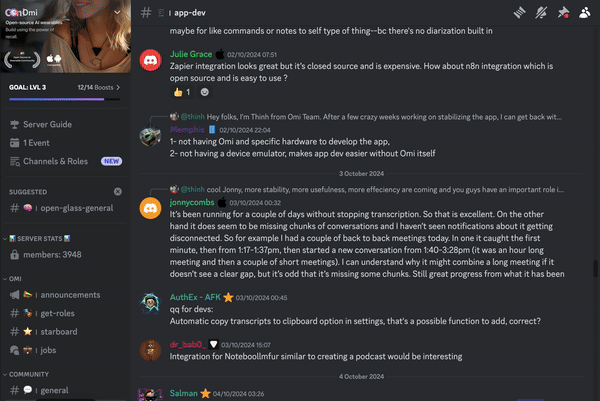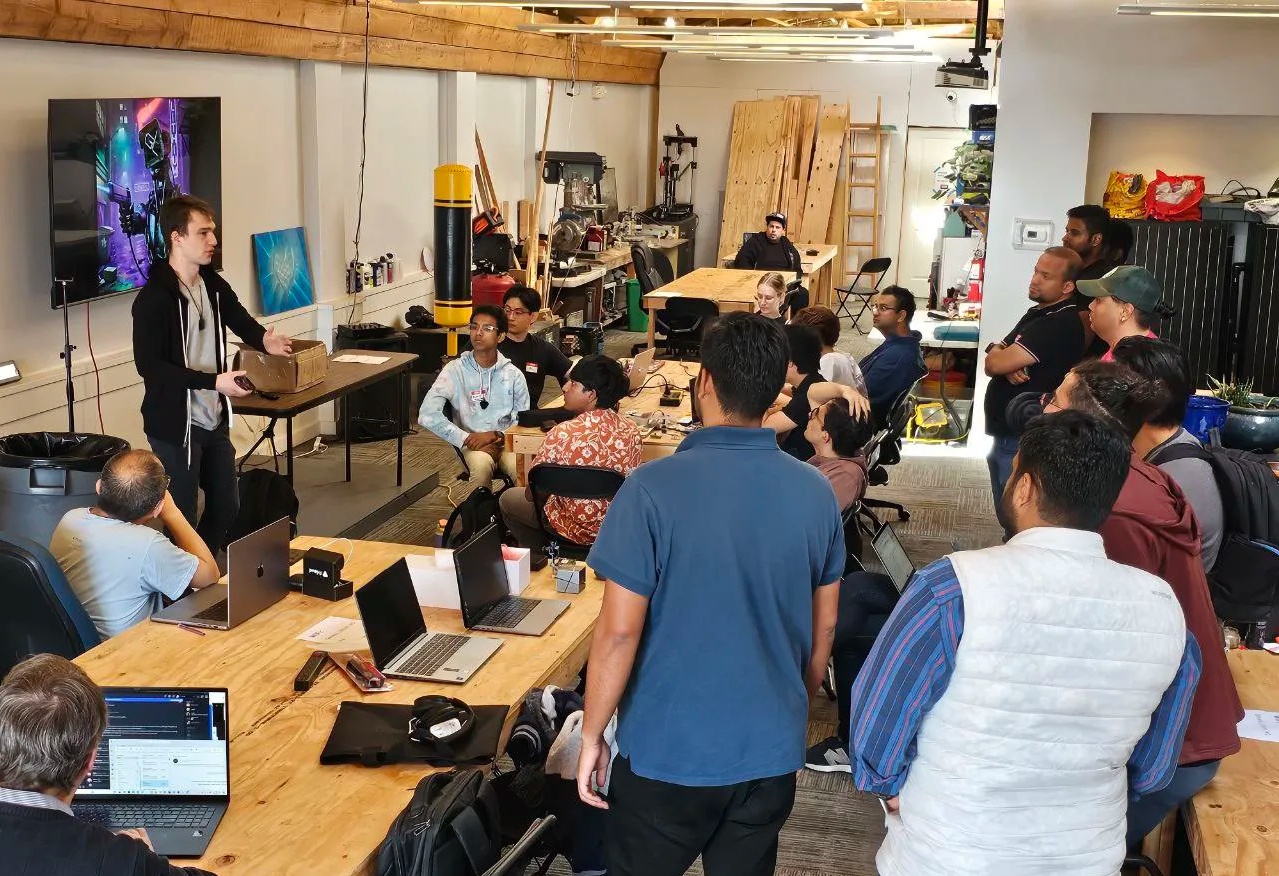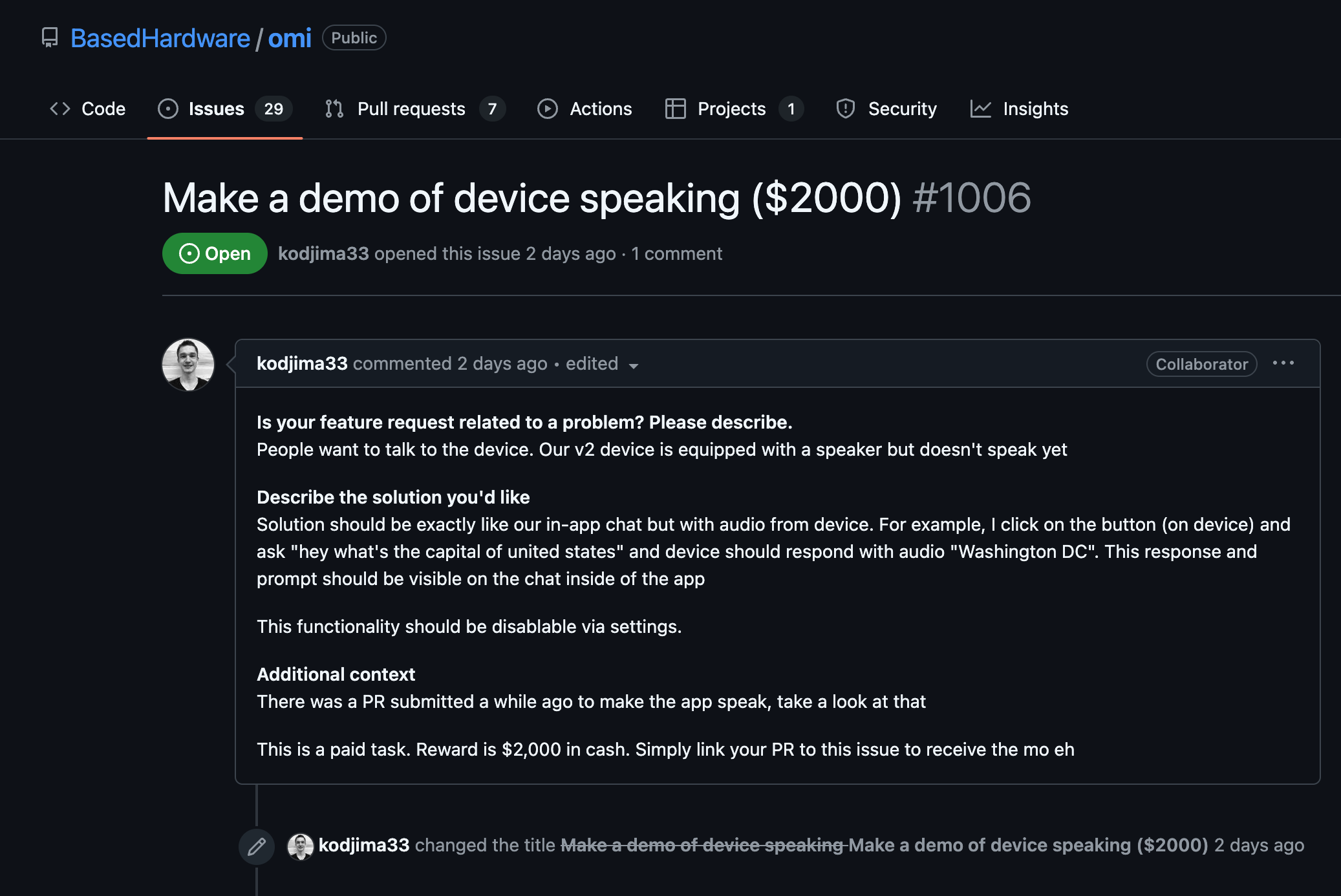Install Required Libraries
- To interact with YouTube Data API in Python, you need the Google Client Library. Install it via pip if you haven't done so already.
pip install --upgrade google-auth google-auth-oauthlib google-auth-httplib2 google-api-python-client
Authenticate Your Application
- To use the YouTube Data API, authenticate your application programmatically. Start by downloading the OAuth 2.0 client credentials file from the Google API Console.
- Load the credentials in Python using the `google-auth` library.
import os
import google_auth_oauthlib.flow
from google_auth_oauthlib.flow import InstalledAppFlow
from googleapiclient.discovery import build
scopes = ["https://www.googleapis.com/auth/youtube.upload"]
flow = InstalledAppFlow.from_client_secrets_file(
'client_secret.json', scopes
)
credentials = flow.run_console()
youtube = build('youtube', 'v3', credentials=credentials)
Prepare Video Metadata
- Define the video's metadata including title, description, tags, and privacy status. Prepare this data as part of the payload for the upload request.
body = {
'snippet': {
'title': 'Test Video Title',
'description': 'This is a description of the video',
'tags': ['tag1', 'tag2'],
'categoryId': '22' # Category for "People & Blogs"
},
'status': {
'privacyStatus': 'private', # Set to 'public' or 'unlisted' if needed
}
}
Upload Video
- To upload a video, create a media file upload instance using `MediaFileUpload` and pass it along with the video metadata to the `insert` method on the `videos` collection.
from googleapiclient.http import MediaFileUpload
video_filename = 'path_to_your_video.mp4'
media = MediaFileUpload(video_filename, chunksize=-1, resumable=True)
request = youtube.videos().insert(
part="snippet,status",
body=body,
media_body=media
)
response = None
while response is None:
status, response = request.next_chunk()
if status:
print(f'Uploaded {int(status.progress() * 100)}%')
print("Upload Complete!")
Handle Upload Confirmations and Errors
- Implement a loop to confirm the upload success and handle various exceptions that may occur during the upload process.
try:
response = None
while response is None:
status, response = request.next_chunk()
if status:
print(f"Uploaded {int(status.progress() * 100)}%")
print("Upload Complete!")
except google.auth.exceptions.TransportError as e:
print(f"Transport Error: {e}")
except google.auth.exceptions.RefreshError as e:
print(f"Refresh Error: {e}")
except Exception as e:
print(f"An error occurred: {str(e)}")
Test and Debug
- Always test your upload process with various file sizes and network conditions. Enable logging to diagnose the potential issues during development.
- Ensure that your network is stable and that your authentication credentials are set up correctly. This helps avoid unnecessary errors and rate limitations during uploads.
























